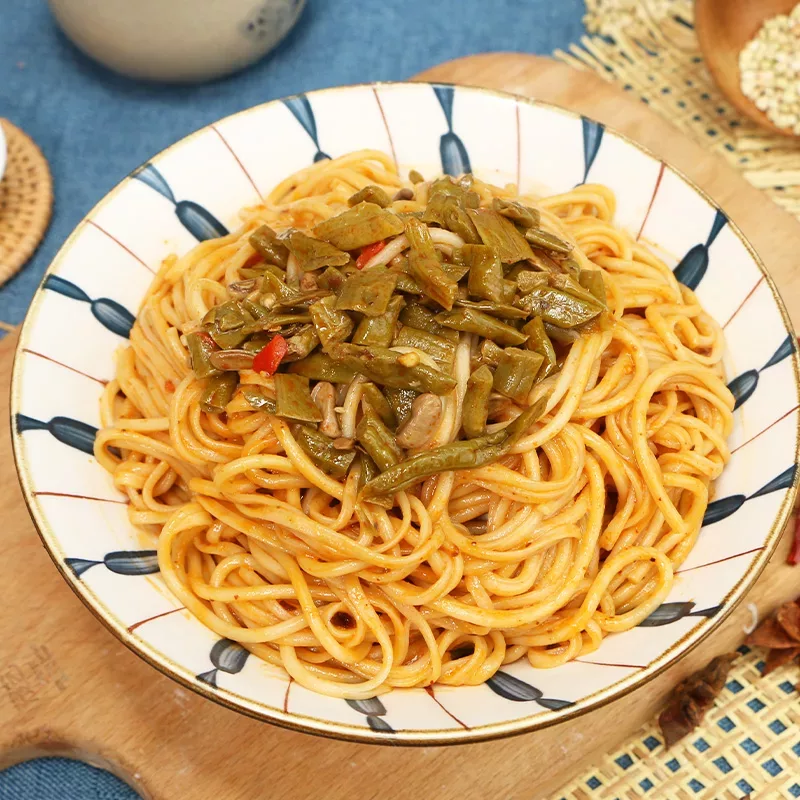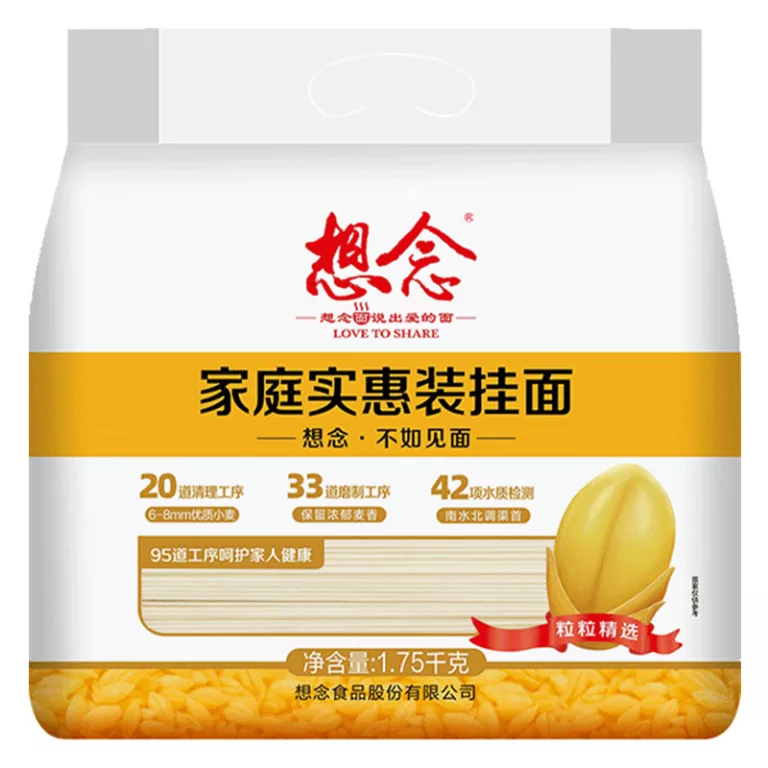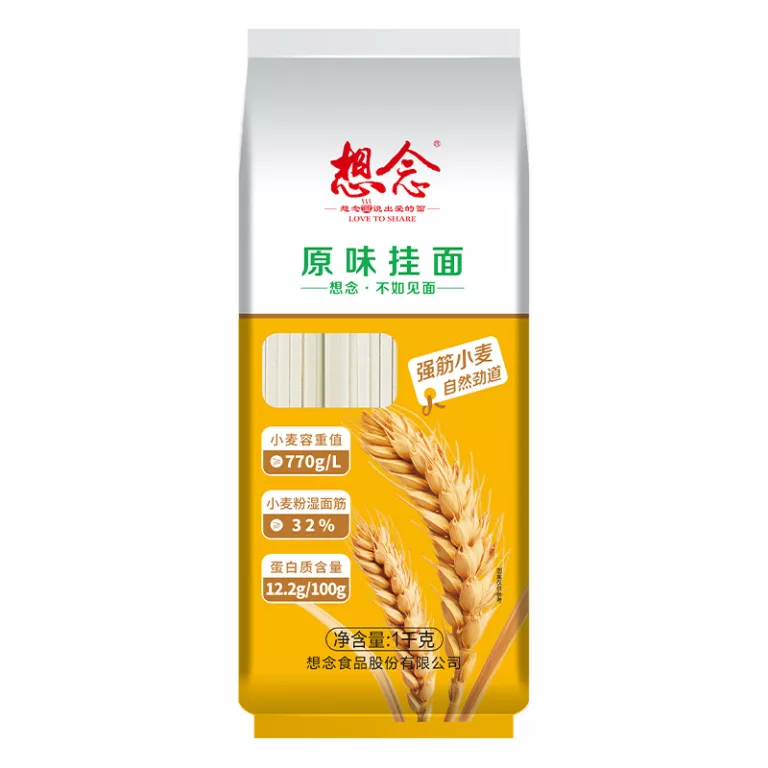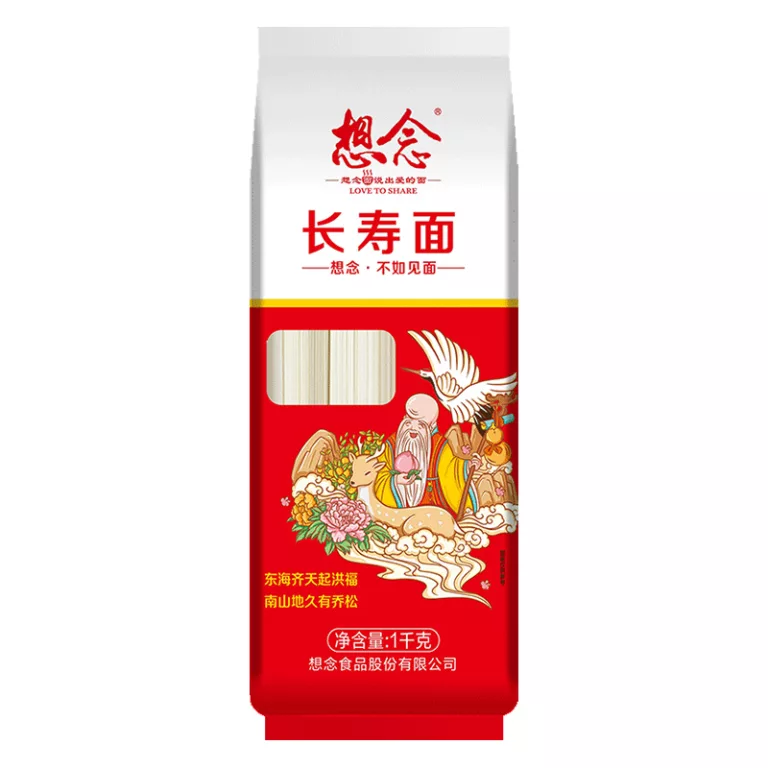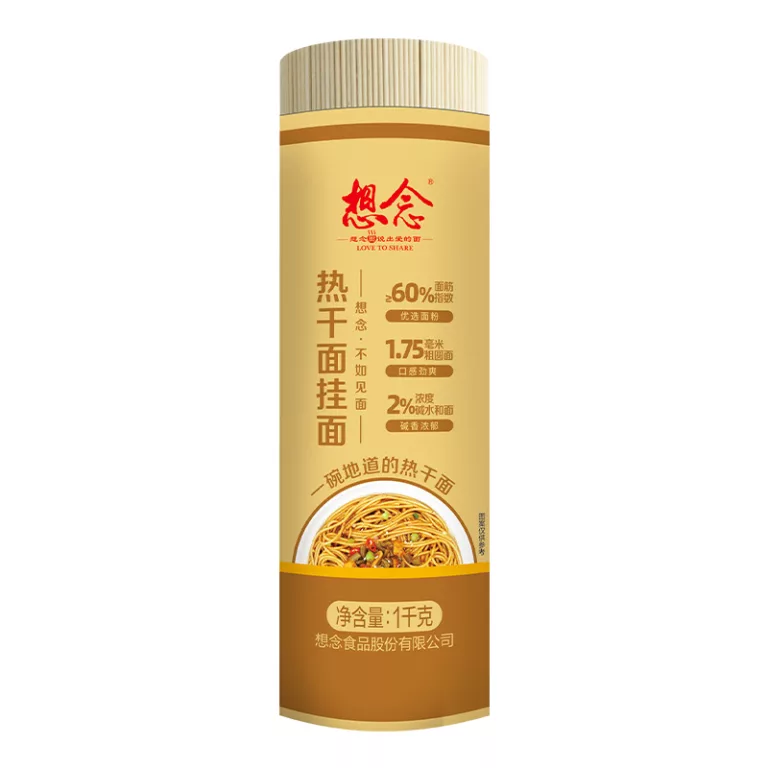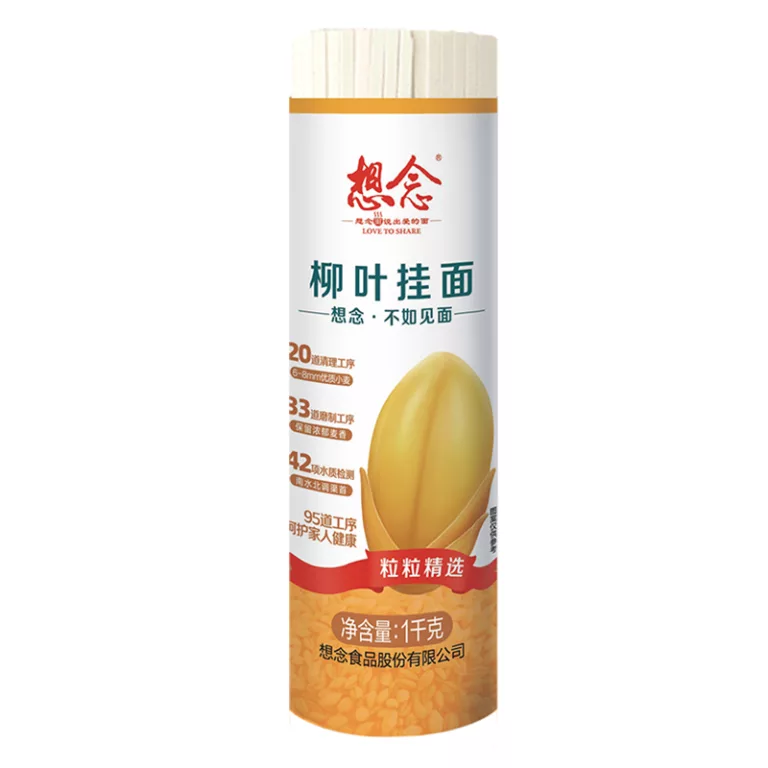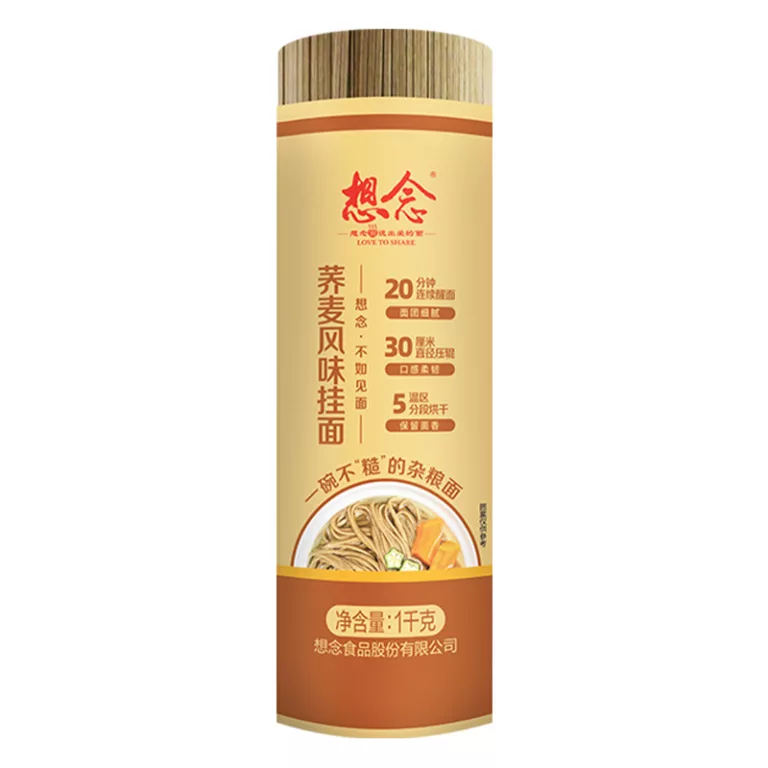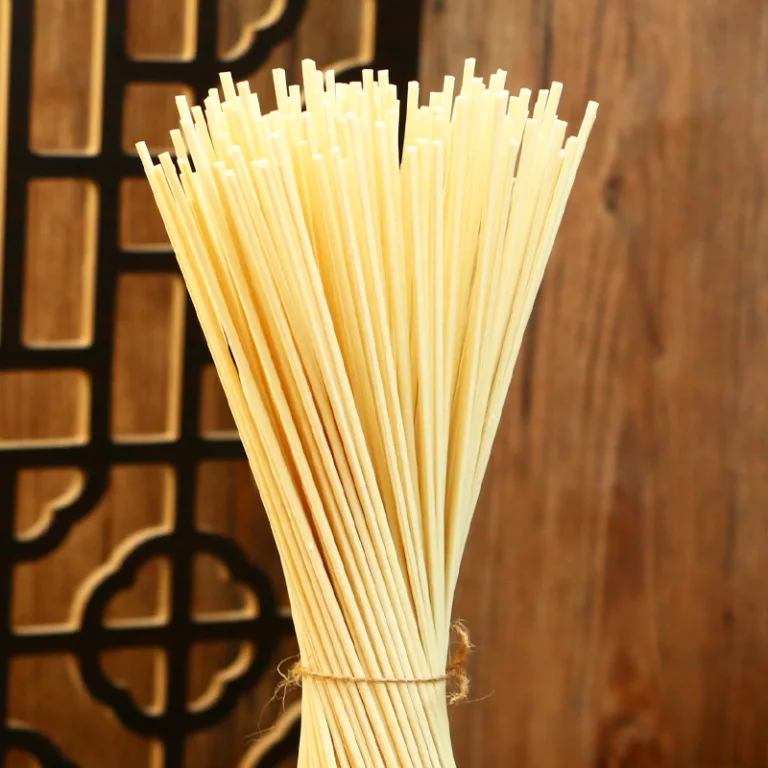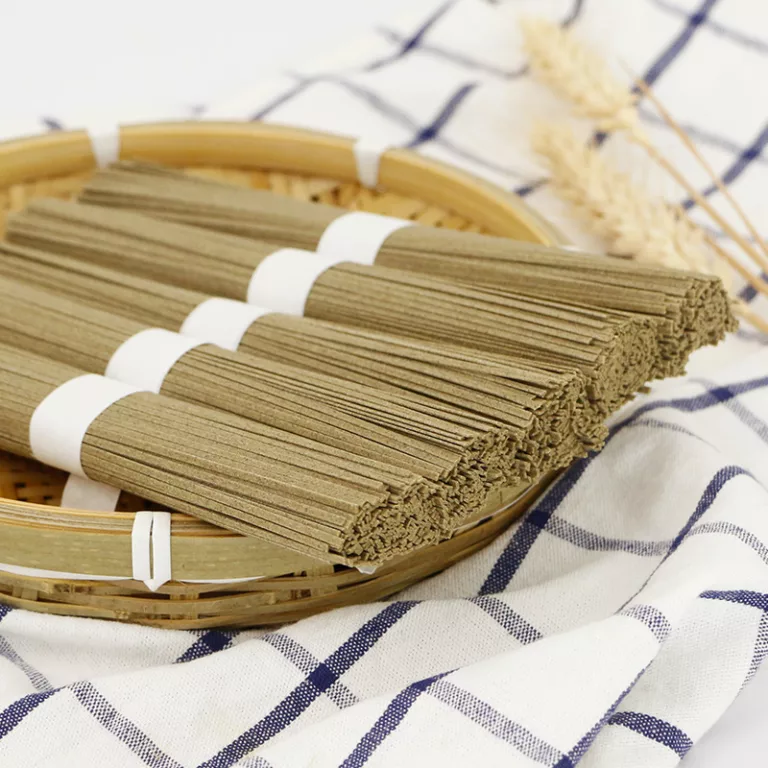Can you use spaghetti for Chinese noodles?
-
zeyuan li
- February 13, 2023
Table of Contents
Introduction
Chinese noodles are a popular staple in many parts of the world, and particularly in China where you can find myriad types of noodle-based dishes. While most people are familiar with traditional, long, thin noodles, there are a variety of shapes, textures, and ingredients that can be used to make delicious dishes.
Unfortunately, in some areas, it can be hard to find Chinese noodles at all. If you’re looking for an alternative to traditional noodles and if you’re unable to purchase Chinese noodles in your area, you can use spaghetti instead. In this blog, I’ve put together everything you need to know about how to eat and cook with spaghetti, as an alternative to buying Chinese noodles.
What is Spaghetti?
Spaghetti is a type of Italian pasta composed of durum wheat semolina and water. Spaghetti is made in the form of long, thin strings, which is the shape most commonly used in Italy and throughout much of the world. It can be served in either a red or white sauce, or with a variety of different toppings, such as cheese, vegetables, and meat.
History of Spaghetti
Spaghetti is believed to have originated in the southern Italian city of Naples during the 10th century, as a type of noodle-like pasta popularly known as maccheroni.
During the 13th century, the Neapolitans developed their own version of maccheroni, which included a thicker, rounder variant of maccheroni. This thicker version eventually began to be called spaghetti, due to its resemblance to the long, thin strings of the same name used for stringing horses.
By the 17th century, spaghetti had become popular throughout Italy, and eventually spread to other parts of the world.
Nutritional Information
Spaghetti is a type of starch food, meaning it provides carbohydrates that your body can use for energy. A two-ounce serving contains approximately 200 calories, 40 grams of carbohydrate, six grams of protein, and one gram of fat. It also contains important vitamins and minerals such as B vitamins, phosphorus, zinc, and iron.
Cooking with Spaghetti
Spaghetti is a very versatile food, and can be used in a variety of different dishes. Spaghetti can be boiled, added to lasagna or baked dishes, or stir-fried with vegetables and meats. It can also be served in a variety of sauces, such as tomato, alfredo, or pesto.
When boiling spaghetti, it’s important to use plenty of water, as the noodles will expand significantly as they cook. It’s also important to monitor the spaghetti closely, as it can overcook quickly.
To ensure that the noodles are cooked al dente (which is the ideal texture for pasta), it’s best to remove them from the heat just before they are fully cooked, as the residual heat will finish the cooking process.
Tips for Eating Spaghetti
When eating spaghetti, it can be helpful to use a fork and spoon to twirl the noodles around the fork, which makes it easier to pick up the noodles and get them onto the spoon. It may also be helpful to choose smaller pieces of pasta that can be easily stabbed with a fork, as this will make it easier to twirl and serve the pasta.
Additionally, it’s important to remember to not pour too much sauce onto the pasta, as this can cause the noodles to become soggy.
In Closing
Chinese noodles are a very popular type of pasta, as they offer a variety of shapes, textures, and ingredients that can be used to make a wide range of dishes. Unfortunately, it can be difficult to find Chinese noodles in some areas. If you’re unable to buy Chinese noodles in your area, you can use spaghetti instead.
Spaghetti is an Italian pasta composed of durum wheat semolina and water, and can be used in a variety of dishes, from red and white sauces to lasagna, stir-fries, and more. Spaghetti also provides important vitamins and minerals, including B vitamins, phosphorus, zinc, and iron. When eating spaghetti, it’s important to use a fork and spoon to twirl the noodles around the fork, and to not put too much sauce on the noodles to prevent them from becoming soggy.
With all of this information, you should now have the necessary knowledge and skills to use spaghetti as an alternative to buying Chinese noodles.
